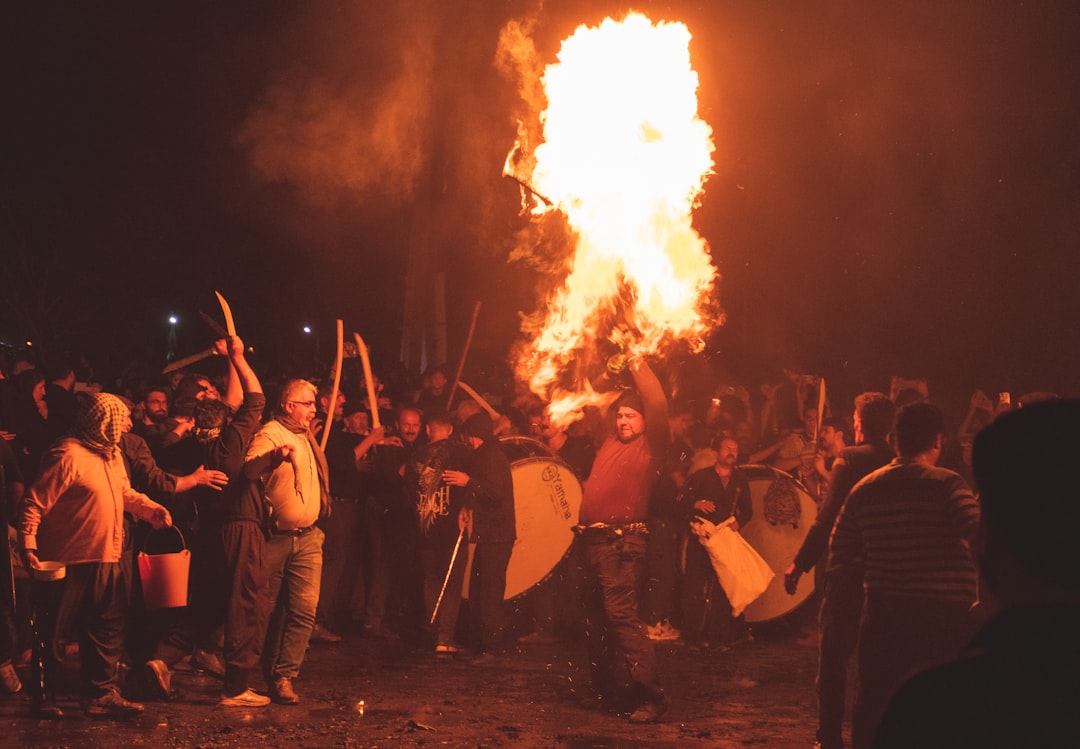Summary: The U.S. Department of Homeland Security recently posted a video on social media featuring footage of federal agents arresting protesters in Portland, Oregon, set to MGMT’s song “Little Dark Age.” While the song itself is not associated with far-right ideology, it has been adopted by extremist groups, raising concerns about the message DHS may be sending. The agency has denied any intent to promote extremist views, but the video’s imagery and soundtrack have sparked significant discussion online.
The Controversial Video and Its Song
On Thursday, the U.S. Department of Homeland Security (DHS) shared a striking video across platforms like X, Instagram, and Bluesky. The video features footage of federal agents arresting protesters in Portland, Oregon, accompanied by a slowed-down version of MGMT’s 2018 song “Little Dark Age.” The post was captioned, “End of the Dark Age, beginning of the Golden Age,” and included a link to the ICE recruitment website.
Far-Right Adoption of “Little Dark Age”
Although MGMT’s song does not promote far-right ideology—in fact, its lyrics critique police violence—it gained popularity among Nazi and white supremacist content creators around late 2020. The Institute for Strategic Dialogue, a British think tank monitoring global extremism, highlighted in a 2021 report how the song was used alongside Nazi imagery on platforms like TikTok. Examples include slideshows featuring George Lincoln Rockwell, founder of the American Nazi Party, as well as memes incorporating far-right symbols like the Sonnenrad or Black Sun.
The exaggerated slowing down of the song in the DHS video is a stylistic hallmark common in far-right viral videos from the early 2020s. Despite this, the song’s lyrics clearly criticize police violence, as seen in lines like:
“Policemen swear to God, love seeping from their guns
I know my friends and I would probably turn and run
If you get out of bed, come find us heading for the bridge
Bring a stone, all the rage, my little dark age”
The Guardian noted in 2024 that the far-right’s use of the song likely reflects a misunderstanding of its meaning, as it condemns Trump-era America and racist police violence.
DHS’s Response and Public Reaction
When Gizmodo reached out for comment, DHS responded defensively, stating, “Just because you don’t like something doesn’t make it Nazi propaganda. This is bottom barrel journalism. MGMT’s ‘Little Dark Age’ is wildly popular on both sides of the political spectrum. Go outside, touch grass, and get a grip.” The agency also shared a 2022 Spin article about the song and quoted MGMT co-founder Ben Goldwasser saying, “A lot of times, there is no deeper meaning.” DHS did not clarify who created the video.
This response aligns with the far-right’s tendency toward plausible deniability. Since President Trump’s return to office in January, DHS has posted content that some interpret as signaling a shift toward more extreme positions. For example, in August, Border Patrol (a DHS component) posted a video containing antisemitic lyrics, which was later removed and replaced without explanation.
Social media users familiar with the song’s associations noticed the DHS post. One right-wing commentator on X suggested in July that DHS should release a “Little Dark Age” edit to provoke reactions. Far-right accounts on X responded to the video with enthusiasm, some even sharing extremist content alongside their comments.
The Visual Style and Symbolism in the Video
The DHS video employs haunting imagery, including footage from protests at an ICE facility in Portland and a glitchy aesthetic common among “fashwave” creators—a style linked to fascist-themed internet culture. The video features the “antifa” logo replaced by the DHS logo and shows agents in gas masks arresting people amid smoke, reinforcing a dark, intense atmosphere.
Understanding the Online Far-Right Visual Language
While discussing niche far-right internet culture and terms like “fashwave” might seem obscure, these visual languages have developed significant meaning within extremist circles. Although DHS insists there was no intent to promote Nazi propaganda, many far-right individuals interpret the video as a deliberate signal. This highlights the complex and sometimes troubling ways symbols and media are repurposed online.
